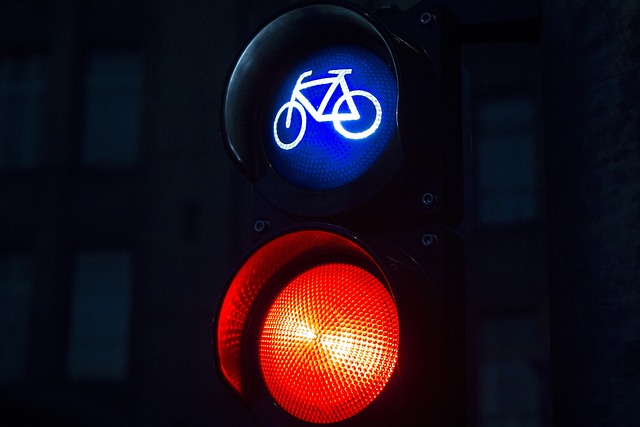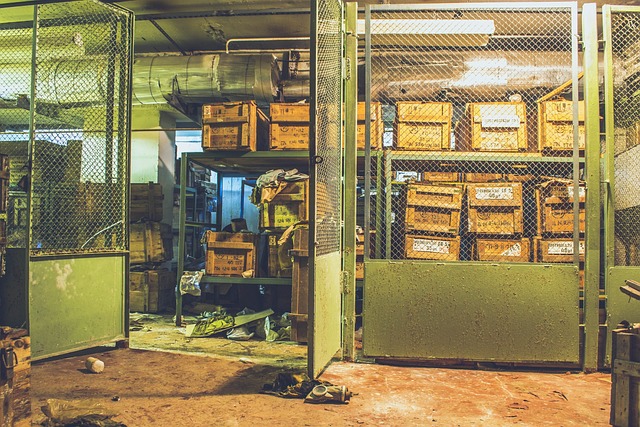In the captivating world of photography, the way we manipulate light can make all the difference in transforming a simple snapshot into an extraordinary visual story. One crucial tool in a photographer’s toolkit is the light shaper. Mastering light shaper techniques can elevate your photography, lending it depth, dimension, and atmosphere that resonates with your audience.
Photography is all about capturing moments in time, and the nuances of light play a pivotal role in how these moments are portrayed. The art of managing light involves understanding its mechanics as it bounces off and interacts with various subjects. Light shapers help us control this interaction, bending and diffusing light to achieve the desired effect in our camera optics.
The Role of Light Shapers in Photography
A light shaper is an accessory that modifies the quality of light. Whether you’re using a softbox, reflector, or a simple piece of whiteboard, these tools allow you to sculpt the light in ways that enhance your subject. They soften harsh shadows, reduce glare, and create a more flattering luminosity that can highlight the intricate details of your photo.
Choosing the Right Light Shaper
When it comes to selecting the perfect light shaper, consider the type of photography you are pursuing. For portrait photography, softboxes are your best friend—they diffuse light evenly and provide the flattering illumination that your subjects crave. On the other hand, if you’re working on product photography, reflectors can help you achieve sharp highlights and add depth. Understanding the interplay between your camera and the light shaper, including how they cooperate with your camera’s optics, is fundamental in producing standout images.
Techniques for Mastering Light Shapers
To truly master light shaper techniques, experimentation is key. Here are some practical methods to get started:
- Experiment with Angles: The angle of your light shaper can drastically change the mood of your shot. Try positioning it at various angles relative to your subject to see how shadows and highlights shift.
- Layer Your Light: Using multiple light shapers, you can create depth. For example, position a softbox for the main light while utilizing a reflector to illuminate shadows.
- Adjust Distance: The distance between the light shaper and the subject can also manipulate the light. Moving the shaper closer will create a more pronounced effect, while farther away softens the light.
Integrating Light Shapers in Your Workflow
As you incorporate light shapers into your regular workflow, consider the way they interact with your camera’s optics. The subtlety with which you adjust these tools can significantly impact the final image. Engage with your camera settings—experiment with aperture and shutter speed to find the balance that complements your light shaper, allowing your photo to resonate with authenticity and emotion.
Whether you’re a seasoned photographer or just starting out, embracing the art of light shaping opens a world of creative possibilities. By targeting the light in your images, you are not just capturing photos; you’re narrating a story that draws in the viewers, inviting them to share in the moment you’ve beautifully crafted.


